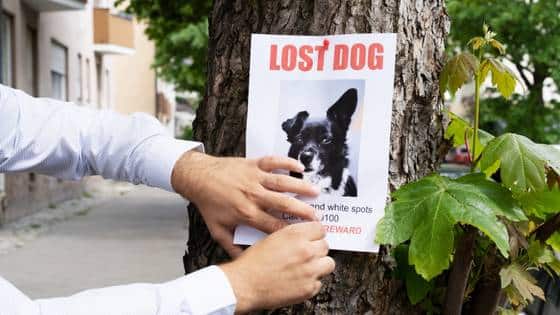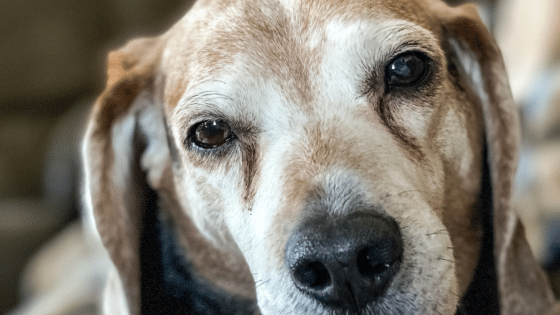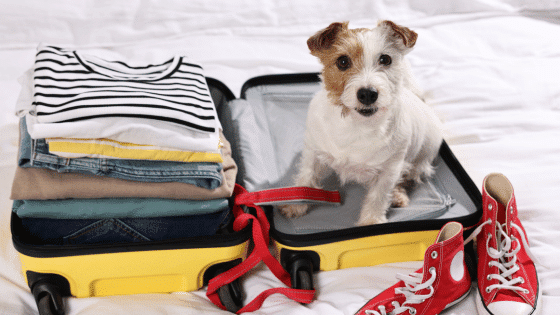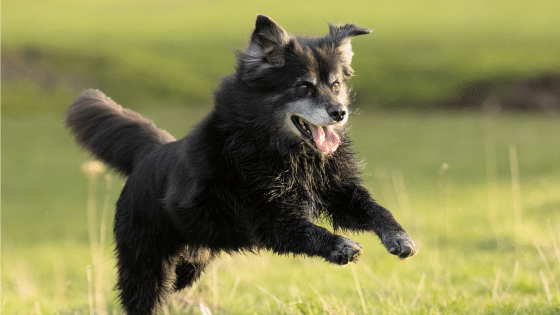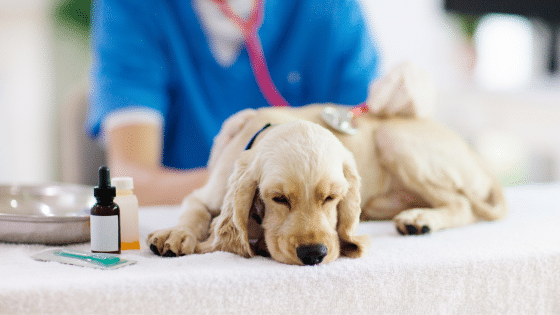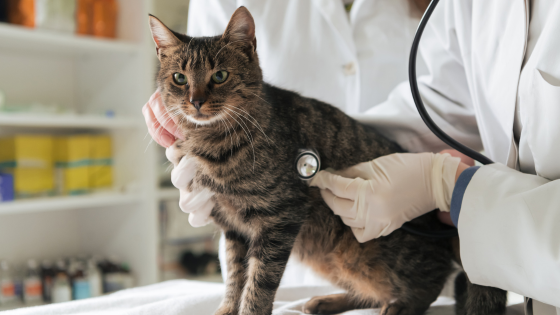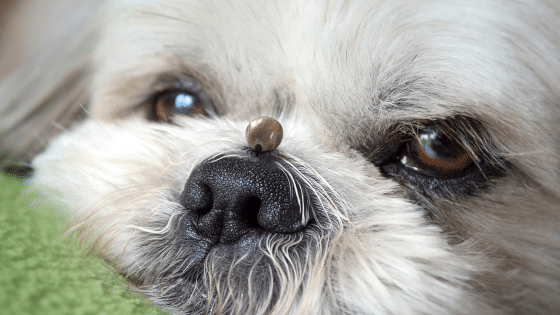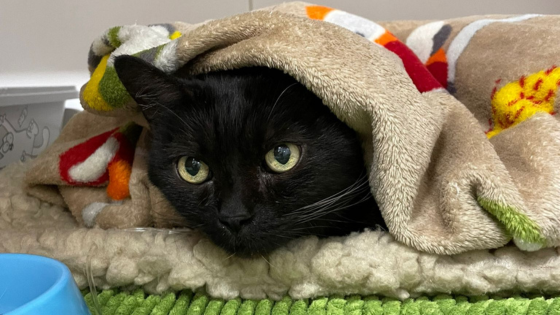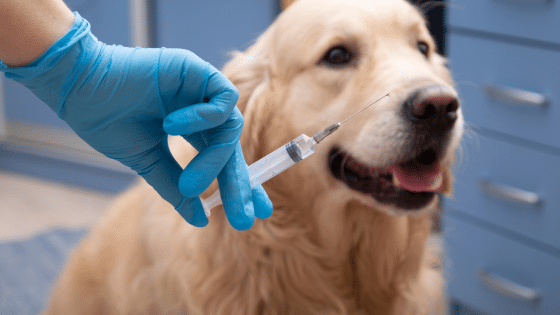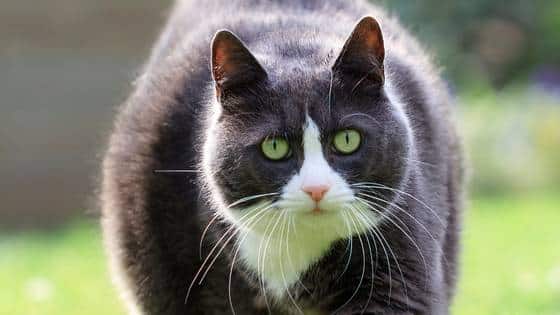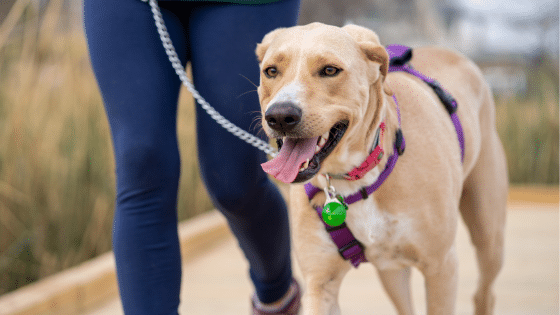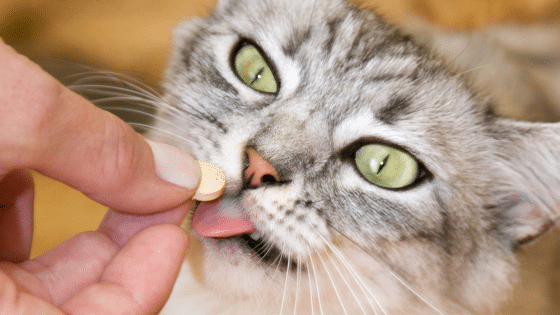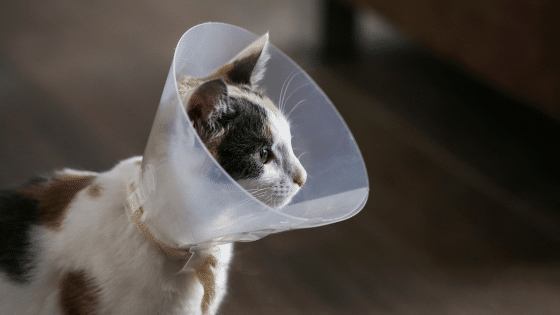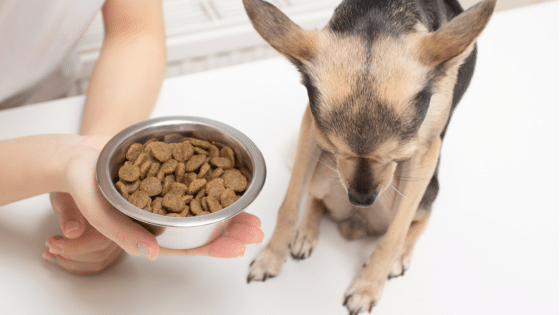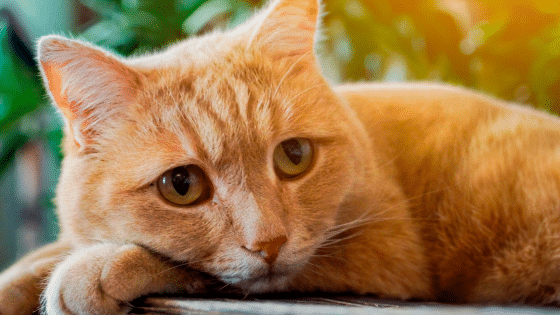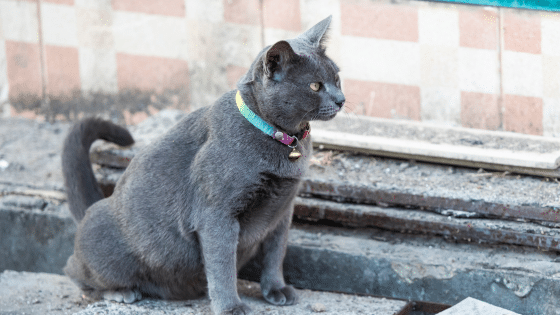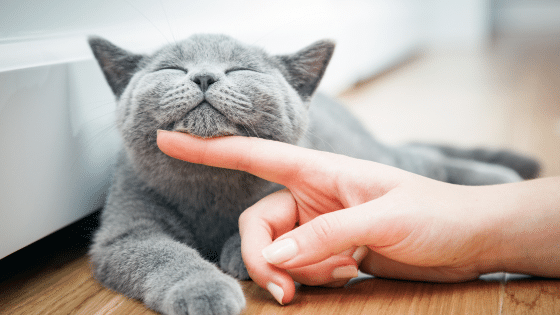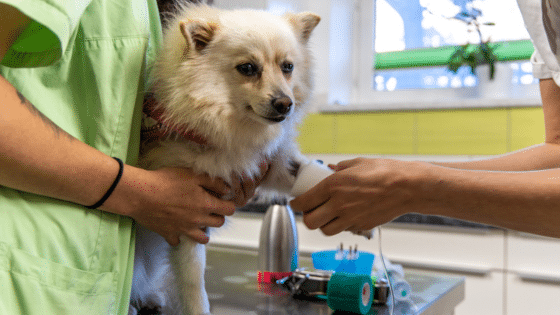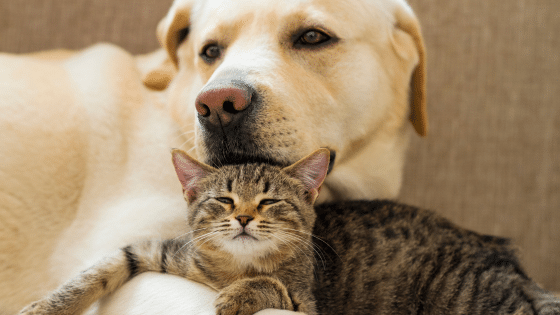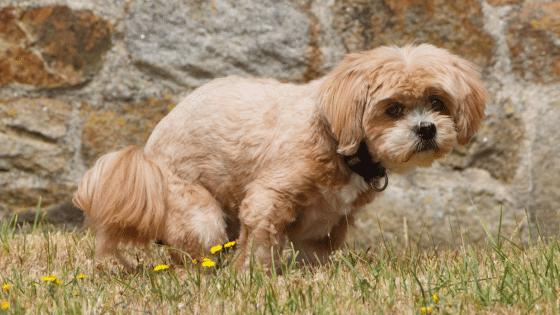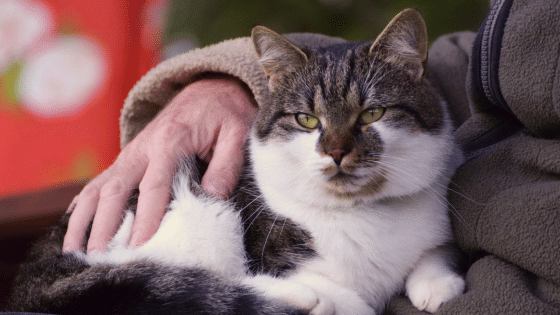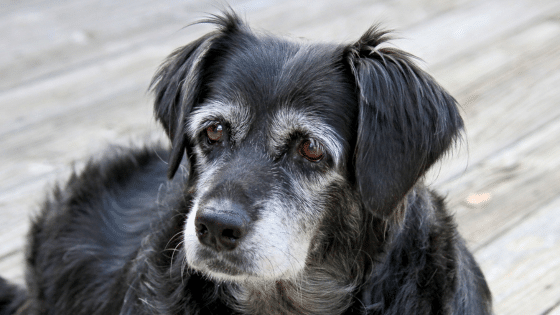Make sure your animal finds a home again.

30,000 dogs and cats run away every year in Austria
There are many reasons why dogs and cats go missing, but the most important thing is that the animal finds its way back to its owner. Many stray cats and dogs are brought to veterinary offices, shelters or other animal facilities. Without animal identification, these animals cannot be matched and if no owner can be located, these animals end up in shelters.
Have your pet chipped - so that you can always find your pet again!
With the help of electronic animal identification (microchip), the animal can be clearly assigned to the owner. When the microchip is inserted, the animal feels only a small prick, because the chip is only the size of a grain of rice and made of tissue-friendly material. The 15-digit number of the microchip can be read with a reader and registered with a pet registry. The data can be retrieved worldwide, no matter where your pet is lost.

In the case of dogs, identification by means of a microchip has been mandatory since 2010. Animal identification is also mandatory when crossing the border.
Another advantage is the use with microchip controlled cat flaps (they work with the same microchip) to have only your own animals in the house

